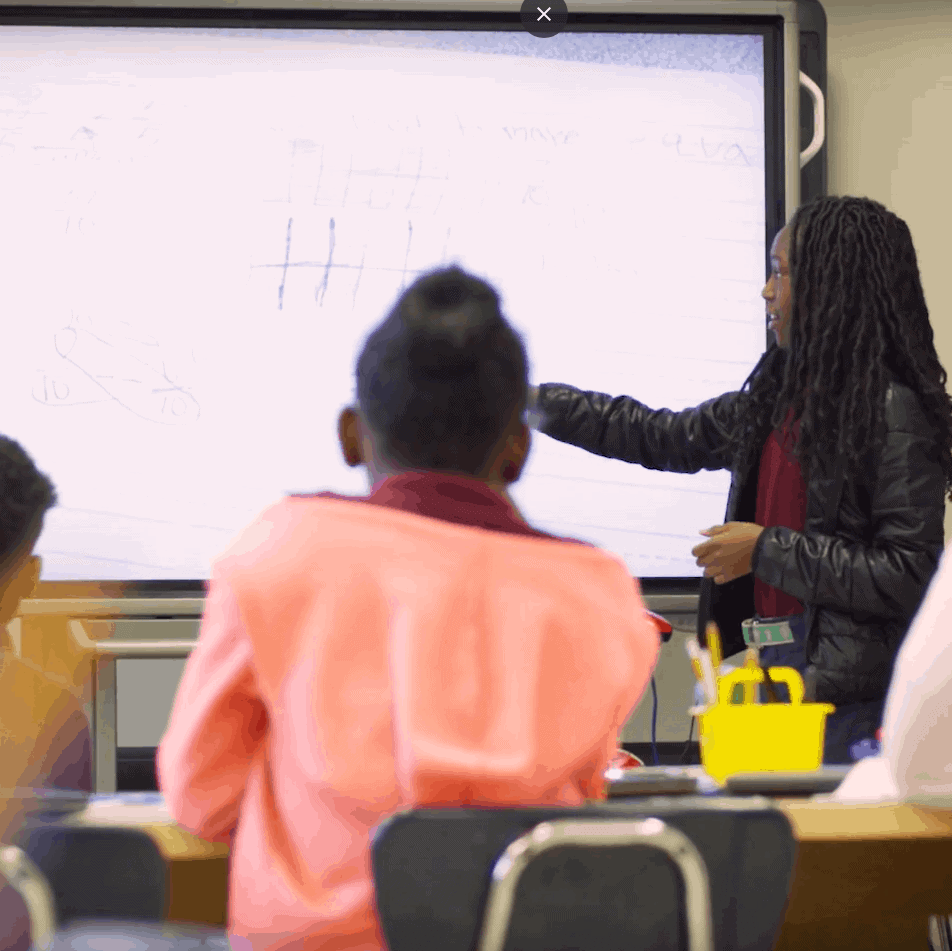
Research Meets Practice
For centuries, educators have experimented with different learning tools, techniques, curricula, and strategies to help students learn. Not all of them are backed by research.
That’s why Leading Educators partnered with the Learning Agency to get the science of learning into the hands of teachers. We share six strategies as well as videos of real educators using them in practice.
The Strategies
Part 1: Retrieval Practice
“Retrieval practice boosts learning by pulling information out of students’ heads, rather than cramming information into students’ heads,” according to cognitive scientist and author, Dr. Pooja Agarwal.
Part 2: Dual Coding
“Dual coding is about combining images or visual representations with words. When used well, combining those can provide two ways of remembering information,” states learning scientist Dr. Megan Sumeracki.
Part 3: Spacing
Spacing is “coming back to information that was learned previously in order to refresh it,” states learning scientist, Dr. Yana Weinstein-Jones.
Part 4: Interleaving
Interleaving is studying different problem sets, “or mixing up different types of problems or…different concepts that you’re trying to learn,” according to learning scientist Dr. Megan Sumeracki.
Part 5: Metacognition
Metacognition is most often defined broadly as, “thinking about thinking.” However, what we know, via the cognitive sciences, includes a much more specific notion of metacognition. The Center for Teaching at Vanderbilt University describes the value of planning, monitoring and assessing one’s own learning.
Part 6: Elaboration
Elaboration is fundamentally about “making meaningful associations to a particular concept…it’s the opposite of just rote memorization,” states. Dr. Stephen Chew, learning scientist.
Read the Report

